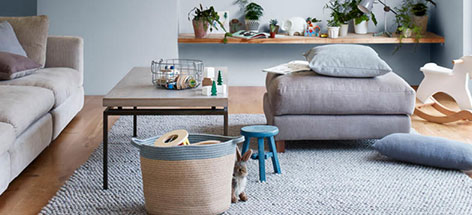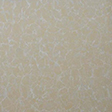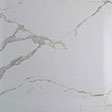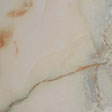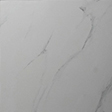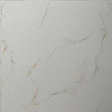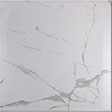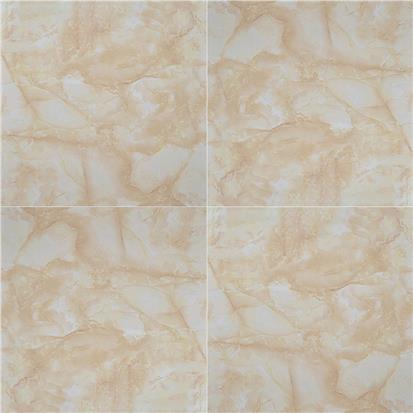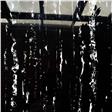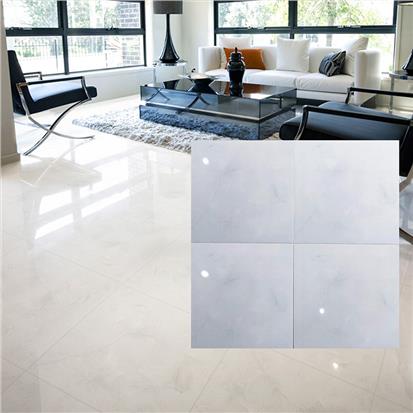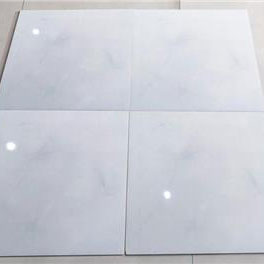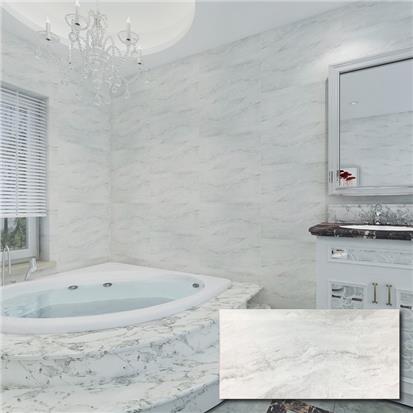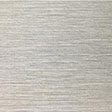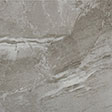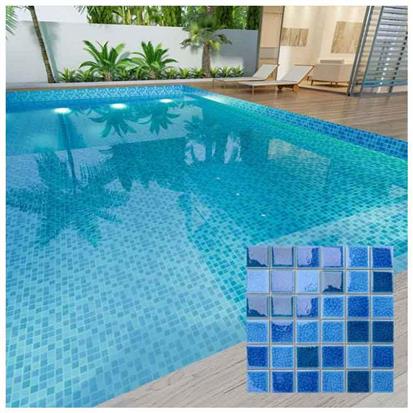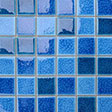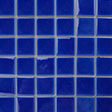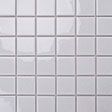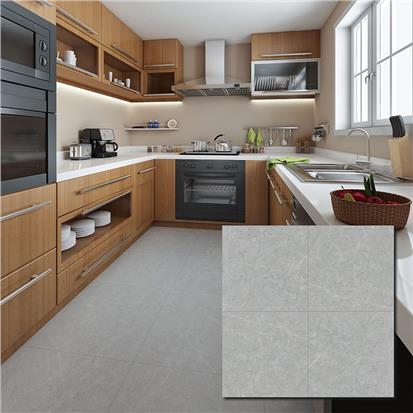Ceramic tiles are one of the building materials. However, most of the ceramic tiles in the market are relatively thick and heavy. The thicker the ceramic tiles are, the better the quality is. On the contrary, thin ceramic tiles can save space. As long as the density is enough, they will not deform, and they all meet the standards. Are thicker tiles better? What are the advantages of choosing thin tiles? And what is the best thickness of tiles?
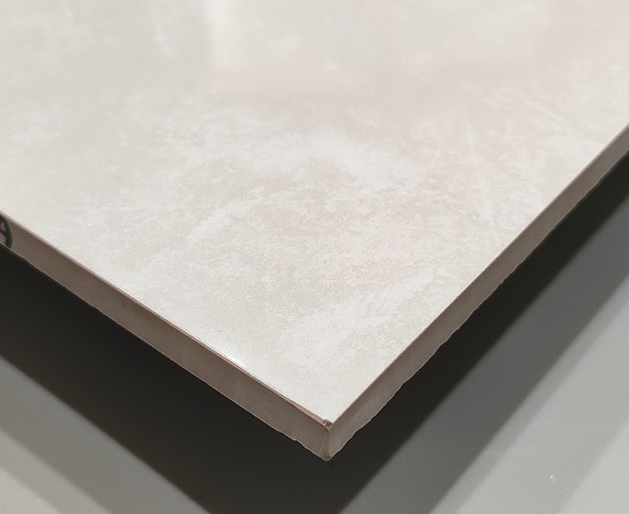
Are Thicker Tiles Better?
No. Many consumers will mistakenly believe that the thicker the ceramic tile, the higher the hardness, the better the quality, and feel more secure when using it. As for the thickness of floor tiles, at present, the state has not issued a unified mandatory standard, which is generally determined by enterprises. Moreover, there is no exact standard to prove whether the thickness will affect the product quality. Therefore, thickness and thickness cannot be used as the only standard to judge the quality of ceramic tiles. To some extent, the thickness of bricks is related to quality, but this is not the only criterion. The key should be technology. It doesn't matter if it is thin. As long as the firing time is enough and the density is enough, there will be no deformation. The quality is basically qualified. Thin ceramic tile is a general trend: with the development of the tile industry, thin ceramic tile will become a general trend in the future because of its advantages of energy conservation, environmental protection, and low production cost. The ceramic tile is thin, which is very beneficial to the sintering performance and can mass produce products that meet the needs of consumers under the condition of reducing energy consumption and resources. However, the thin ceramic tiles still need to be improved in terms of anti-destructive capacity and bearing capacity
What are the disadvantages if the tiles are too thick?
1. Increased risk: the thicker the ceramic tile, the greater the bearing weight of the building and the same increase in the risk factor;
2. Increase the decoration cost: the thicker the ceramic tiles, the more materials are used, the higher the processing and transportation costs and the sales price is bound to increase;
3. Lower moisture-proof capacity: with the increase of thickness, the sintering degree of ceramic tiles becomes worse, the absorption rate will become higher, and the moisture-proof capacity will be reduced;
4. Reduced environmental protection: it does not meet the national requirements for energy conservation and environmental protection, and consumes too many resources.
Advantages of thin tiles
1. Environmental protection and energy conservation are the general trends. Thin ceramic tiles consume fewer materials, and their hardness and wear resistance are not inferior; The transportation cost of light and thin ceramic tiles has also been reduced. According to statistics, the transportation volume of each vehicle has increased by 4307 square meters compared with that of traditional ceramic tiles; The weight of thin tiles is less, and the load on the paved wall and ground is reduced.
2. Thin tiles have lower energy consumption and lighter weight than ordinary ceramic tiles, but their hardness, wear resistance, surface gloss, and antifouling properties are not compromised. This thin ceramic tile has become a new favorite of the ceramic tile industry. And in the way of paving, no cement mortar is used, and special adhesives are used. Owners with home decoration experience know that a large amount of cement mortar is required for tile paving, and insufficient thickness will cause the falling off of tiles.
3. The thin tile pavement does not use the common cement mortar, but uses a kind of ceramic tile adhesive as the auxiliary material to combine the ceramic tile and the attachment surface. Therefore, starting from the base layer, the thin ceramic tile actually starts to "slim down". Master Ma, who has experience in paving and tiling, said that it is also very convenient to cut thin tiles. As long as ordinary cutting knives are used, noise pollution and dust pollution are reduced in the process of operation
What is the Best Thinkness of Tiles
The optimum thickness is completely determined by the plate width and the thickness of the semi-finished substrate of the usual specification. Theoretically, the wider the floor, the thicker it is. It is generally considered that the structure is stable to prevent warping and tile deformation to varying degrees. The width of the laminate floor is generally 145mm--90mm, the thickness is more than 12mm, and the 8mm is basically concentrated in the narrow plate. The width of the solid wood composite floor is generally 165mm--45mm, the thickness is 12mm, and the thickness is more than 15mm. Theoretically, the width of the wide plate above 145mm, the thickness of 18-22mm is more appropriate, and the skin needs 4mm or 6mm. The width of a solid wood floor is generally 90mm, and the traditional thickness is 18mm.
 EN
EN FR
FR PT
PT AR
AR
